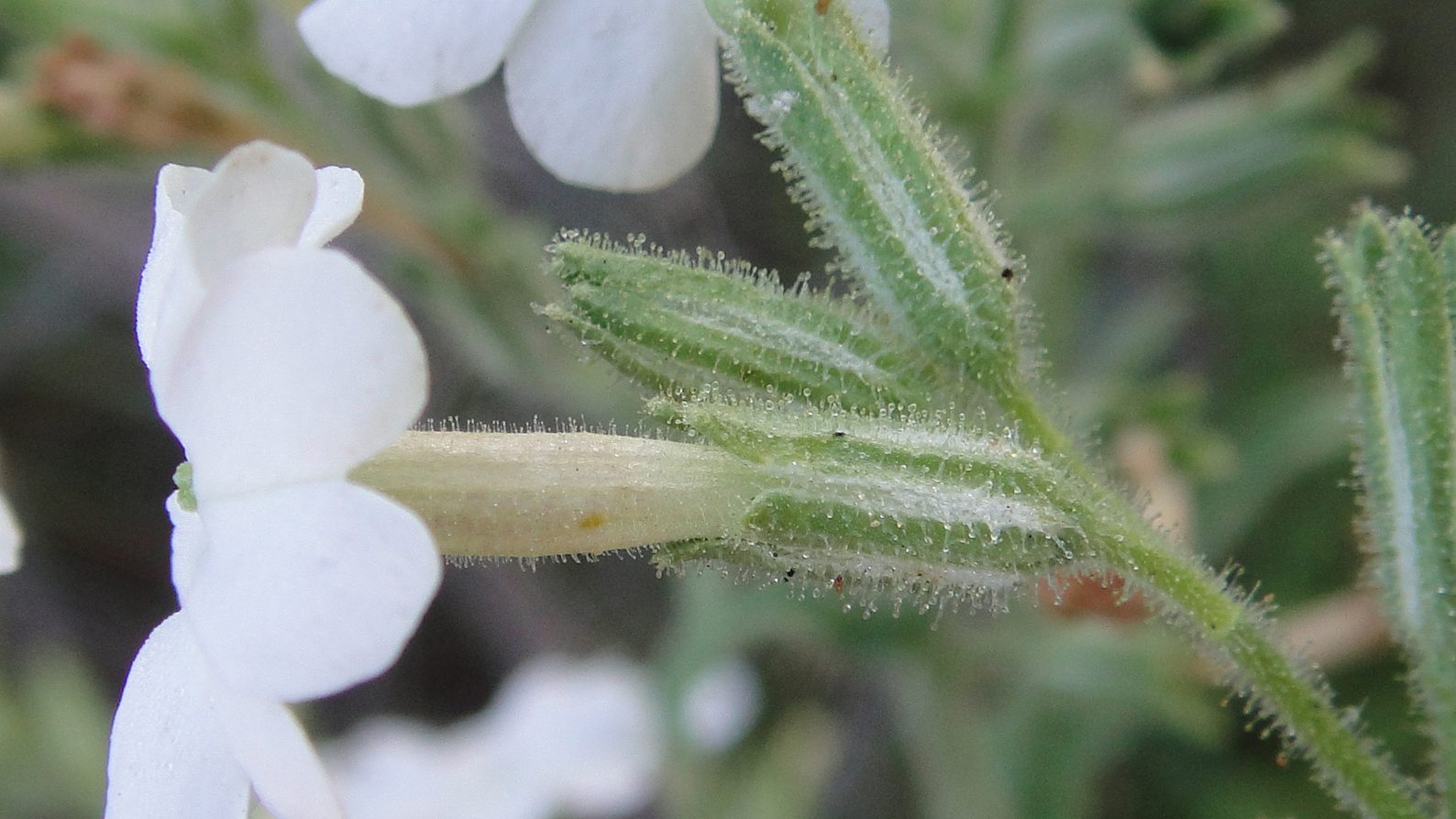Curtin University researchers have identified seven new species of wild tobacco growing in Western Australia and the Northern Territory, including the first of this plant type found to kill insects, which was discovered in northern Western Australia.
Published today, the research, which identified a wild tobacco plant unique for using a sticky substance to trap and kill insects, was led by an international team of scientists from Curtin, the Royal Botanic Gardens (RBG) Kew and the University of Vienna.
Research author Professor Mark Chase, from Curtin’s School of Molecular and Life Sciences and RBG Kew, said the insect-killing plant species were collected near a truck stop on the Northwest Coastal Highway, north of Carnarvon in WA’s Gascoyne region.
“We were surprised to find species new to science in such barren land, including the species we have named Nicotania insecticida, which has sticky glands covering all its surfaces to trap and kill small insects such as gnats, aphids and flies,” Professor Chase said.
“This is the first time a wild tobacco species has been reported to kill insects, so it is very significant.
“The seeds from WA were cultivated back in London in the greenhouses at Kew Gardens, where the plants continued to kill insects in the greenhouses, so its insidious deadly nature is not diminished by the great distance from its homeland.”
Research co-author Adjunct Research Associate Dr Maarten Christenhusz, also from Curtin’s School of Molecular and Life Sciences, said the arid areas that dominated the Australian continent had been considered almost barren with limited plant diversity, but in recent years these under-studied areas had been found home to many new and unusual species.
“In addition to Nicotiana insecticida, our other new species include Nicotiana salina, which grows along salt lakes that mark the border between the WA wheatbelt and the central region that is too dry for crop cultivation,” Dr Christenhusz said.
“Another of the new species, Nicotiana walpa, from Kata Tjuta National Park in the Northern Territory (near Uluru) was given its name from the local Aboriginal word for “wind” because it appears only when there have been storms in the desert. If the rains do not appear, as is often the case, this species remains as seeds in the soil.”
The collaborative project studied how a group of herbaceous species have been able to adapt to the harsh conditions of the Australian arid zone and involved eight years of hunting for tobaccos in all Australian states and territories except Tasmania, where these species do not occur.
The paper, ‘Nicotiana insecticida’, was published in journal Curtis’s Botanical Magazine and can be found online here.



